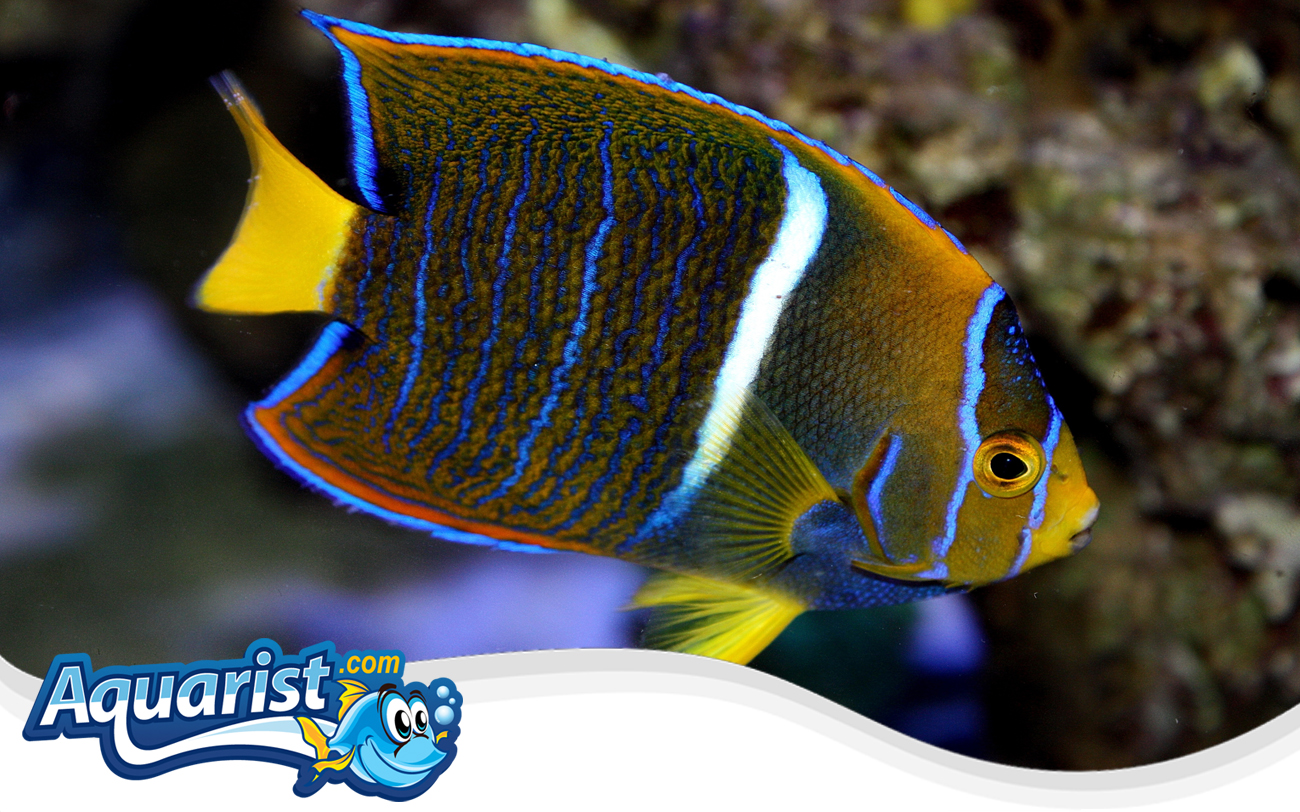Overview
- Native to the eastern Pacific Ocean, especially common along the coast from the Gulf of California to Peru.
- Distinguished by vibrant blue, yellow, and white coloration, with a striking vertical white band behind the gills.
- A visually appealing species, highly prized among marine aquarium hobbyists.
- Often inhabits coral reefs and rocky shorelines in the wild.
Feeding
- Primarily omnivorous; diet includes sponges, algae, coral polyps, and small invertebrates.
- In aquariums, readily accepts flakes, pellets, and frozen marine foods like shrimp and mussels.
- Supplement diet with algae-based food to promote vibrant coloration and overall health.
- Regular feeding schedule of two to three times daily is recommended.
Habitat
- Typically found around rocky reefs and coral formations in depths ranging from shallow waters to approximately 30 meters.
- Thrives best in aquarium environments that mimic its natural habitat with ample rockwork and hiding places.
- Prefers stable water parameters with moderate currents.
- Benefits from spacious tanks to accommodate active swimming behaviors.
Fish Care
- Optimal water temperature: 72-78°F (22-26°C).
- Ideal pH level: 8.1-8.4, with a specific gravity of 1.020-1.025.
- Requires efficient filtration systems and regular maintenance to maintain high water quality.
- Sensitive to poor water conditions and stress; proper acclimation is essential.
Compatibility
- Semi-aggressive; suitable for community aquariums with similarly sized or larger, robust species.
- Can display territorial behavior, especially toward other angelfish or similarly shaped species.
- Best kept individually or with caution in larger setups to avoid conflicts.
Aquarium Behavior
- Active and bold swimmer, often observed exploring its territory or patrolling the tank.
- Can exhibit territoriality, especially when new fish are introduced or during feeding.
- Providing sufficient space and hiding spots helps minimize aggression and stress.


